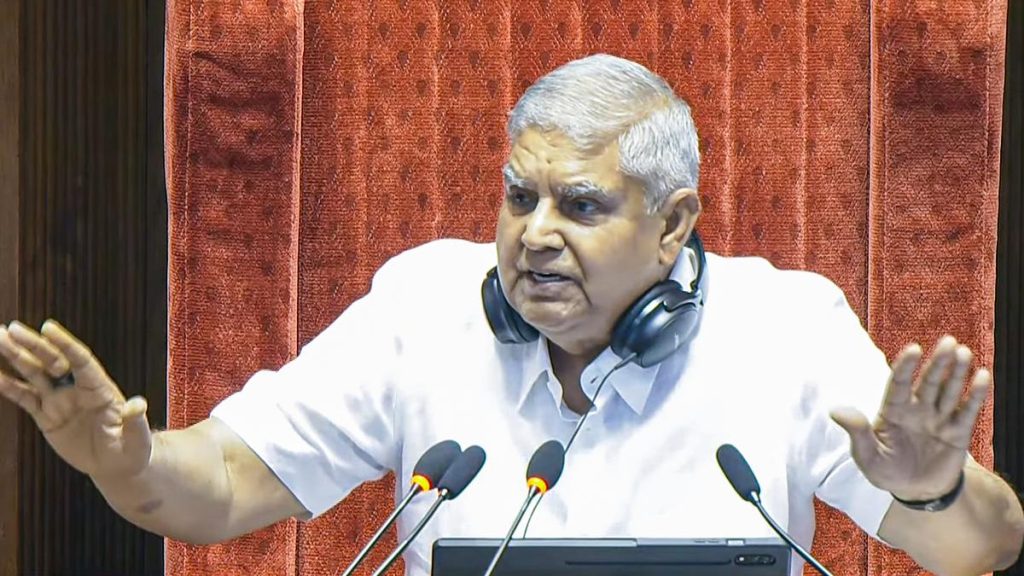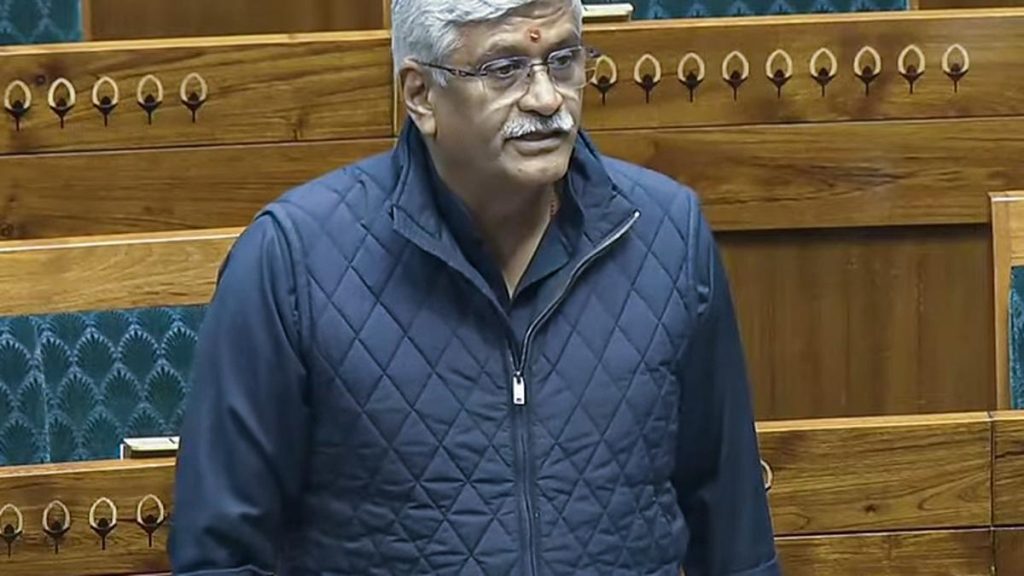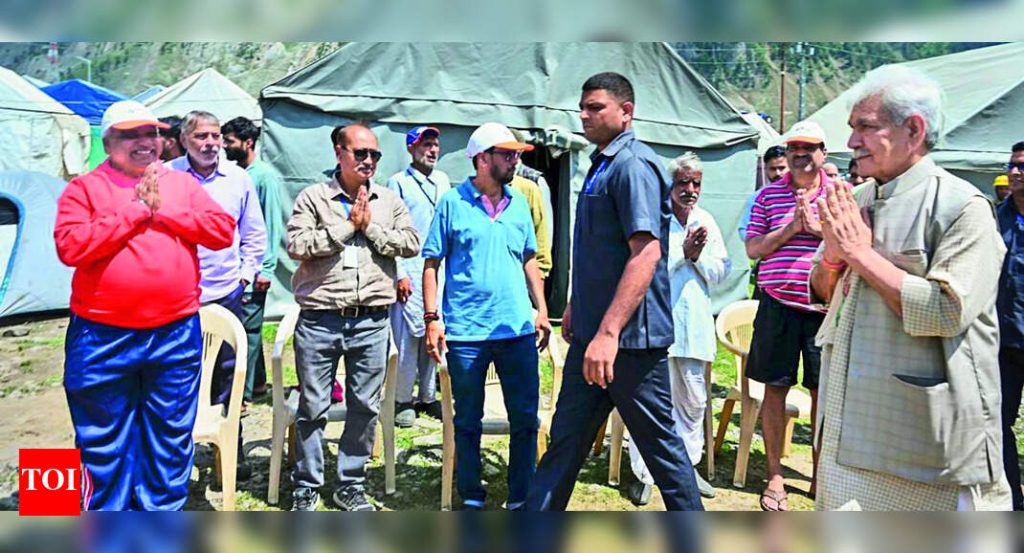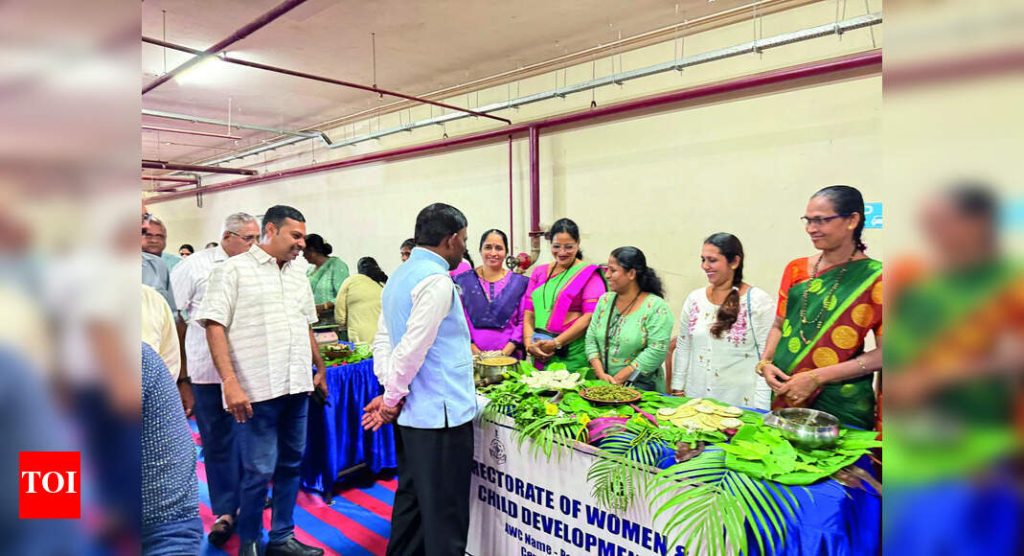Now Reading: Role of Pilots in the Era of Autonomous Aircraft
-
01
Role of Pilots in the Era of Autonomous Aircraft
Role of Pilots in the Era of Autonomous Aircraft
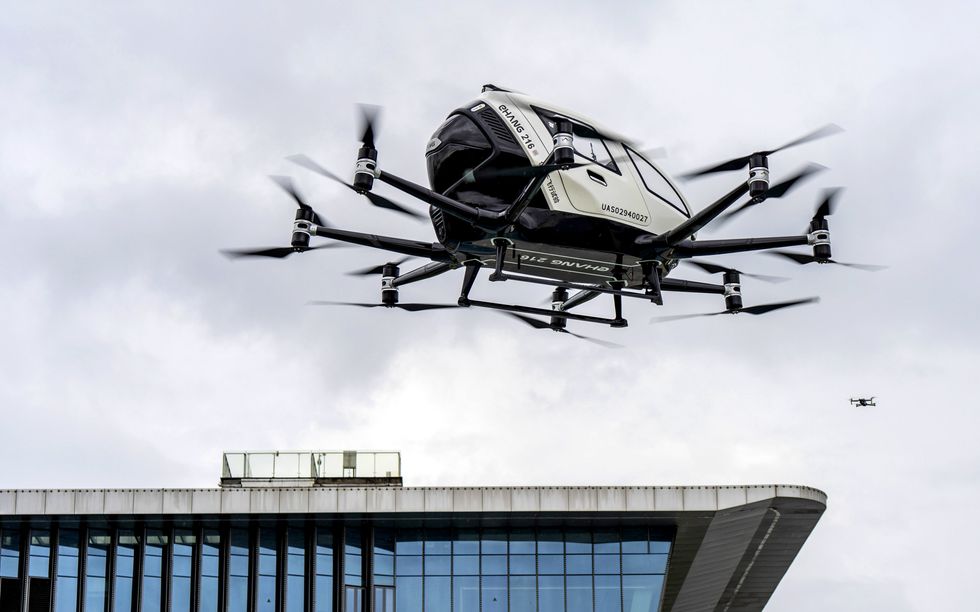
Rapid Summary
- The EHang EH216-S electric vertical takeoff and landing (eVTOL) aircraft from China was the first autonomous air taxi certified by a national regulator, the Civil Aviation Management of china.
- Western countries’ aviation regulators like the FAA and EASA adopt stricter safety standards,favoring certified piloted designs before moving to fully pilotless options.
- Startups such as Reliable Robotics, Merlin Labs, and Wisk Aero aim to certify autonomous aircraft for passenger or cargo transport. Technologies focus on advanced autopilots for safety improvements in small airplanes prone to human error-related crashes.
- Reliable Robotics works on retrofitting Cessna Caravan planes for autonomy; its cargo solutions aim at improving pilot productivity through remote supervision rather of onboard pilots while targeting long-term cost efficiency.
- safety certifications depend on developing systems robust enough to handle critical failures without relying on human intervention-technological solutions such as deterministic algorithms prevail over machine learning due to predictability concerns.
- The scalability of eVTOLs is driven by urban air mobility arguments where replacing pilots frees up costs and space but requires strict compliance frameworks involving operating concepts tailored solely around supervised flight-control logic.
- Autonomous airplanes are not expected commercially soon in larger formats like passenger jets due to high regulatory barriers and unproven maturity across broader deployment types.
Images included from raw text showing prototypes developed by Wisk Aero or reliable Robotics highlight further industrial efforts toward meeting safe-flying measures (Refer originals).
Indian Opinion Analysis
The ongoing progress in certifying autonomous planes offers exciting technological possibilities but underscores important regulatory challenges tied primarily to safety assurance processes worldwide-a crucial lesson applicable in India’s growing domestic aviation ambitions. India’s potential embrace of similar advancements could create room for safer logistics operations via unmanned medium-scale cargo frameworks-the idea aligning well with dynamic growth alongside congestion mitigation goals within expanding urban zones like NCR Mumbai-New Delhi thinking intermediate models fitted automatically logistical competency foundation reliable job-safe supervisory parallelignty pilots-demand trained reduction insights societal new-age adaptions hallmark!
Continued collaboration across certification agencies international industry-specific chains capacity building pathways certifiable upgrades benchmarks stability maintain human-less aeronautical practices robust apply integrations gain split auto-piloting initial tests-ling history’aj!
Read More: Click here



